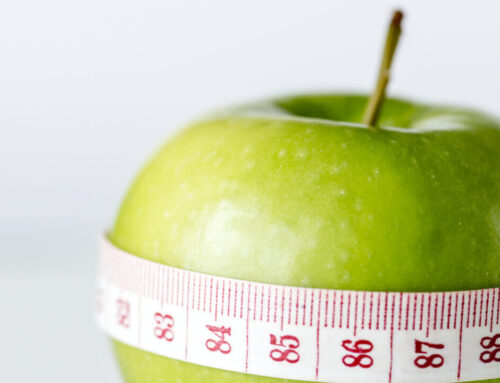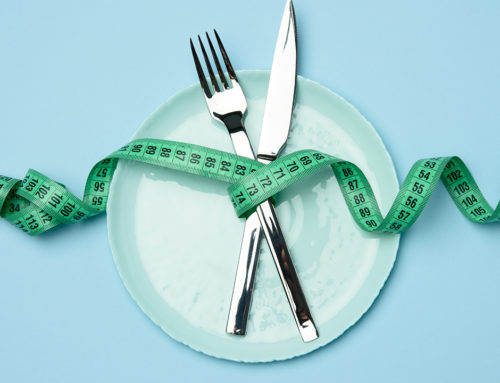So you finally got down to your goal weight after a few months of being in a calorie-restricted diet. Kudos to you! But what’s next? I’m assuming you don’t want to stay on such low calories for life and that increasing your carbohydrates while staying lean is probably something that’d make life easier. Enter: the reverse diet. Pro physique athlete and nutrition advisor, Reuben Brooks takes us through the steps.
Most of us understand that increasing your carb intake is a key factor when it comes to your gym performance and building muscle but we don’t want to put on too much unnecessary body fat, which we’re most prone to after such low calorie dieting for a physique contest or event. The ideal for many of us would be to stay looking 4-8 weeks out from a show while making progress in the gym. But, for most of us, the question remains “how to reverse diet?”

The reverse diet – how to increase carbs after low carb dieting
Fortunately, you’re in luck, my soon-to-be-high-carb-eating friend. Let’s get you literally being able to, “Have your cake and eat it”, but first you have to have more carbs and calories in your diet to even fit that cake into your daily allowance. What follows is a simple process that will require some discipline and a whole lot of patience but I’m going to take you through a step by step process to turn your carbs from low to high and stay shoot ready.
Don’t be a rookie, take things slow
Here’s where most people fail miserably when it comes to reversing carb intake; After reaching their goal weight, many have a celebratory binge week, which turns into a month, which turns you quickly back into the V1 you.
The timing of this couldn’t be worse as both the Journals of American Physiology and Clinical Nutrition show that after a period of restricted calories, you will in turn be burning less calories in the short term. If you want to keep the upgraded V2 you, the optimal method is to focus on slowly increasing your carb and overall calorie intake week by week. This is the essence of reverse dieting.
For example, don’t make the mistake of jumping up from 50g to 250g of carbs immediately following months of low carbing.
That said, we’re still going to spend our first couple of weeks relatively low and slowly work our way up. This is wise because:
- We avoid unnecessary unwanted fat
- If you’re carb sensitive you’ll be training your body to handle more carbs over a period of time
- It will provide you with more control over your diet when every morsel of your being wants to let loose
The reverse dieting game plan
Enough with the lectures, lets get to the good stuff. Carbs will change every week, protein will drop down to a little bit above body weight and fats will change every other week.
Week 1-2 – Increase daily carbs by 20g and cut your cardio sessions in half – either the duration or amount of sessions.
Week 3 – Increase carbs again by 20g and increase fats by 5g ONLY if weight hasn’t increased by more than 1% of your total bodyweight.
Week 4 – Again, based on your scale weight, increase carbs by 20g and cut back 15 minutes of cardio if your weight allows it.
This dynamic process goes on until weeks 8-12, when you’ll likely hit the top end of the amount you can consume – At this point, stop increasing and keep your intake consistent. Use the mirror and the scales as data points to make changes to your diet as you progress. If you are gaining too fast (over 1-2lbs per week), then hold steady for another week and only increase when your weight remains the same. Go forth and enjoy more food, increased gym progress and a better body.
Hopefully this article has given you an oversight into how to reverse diet simply and effectively. It doesn’t have to be rocket science to maintain a respectable physique and eat.







